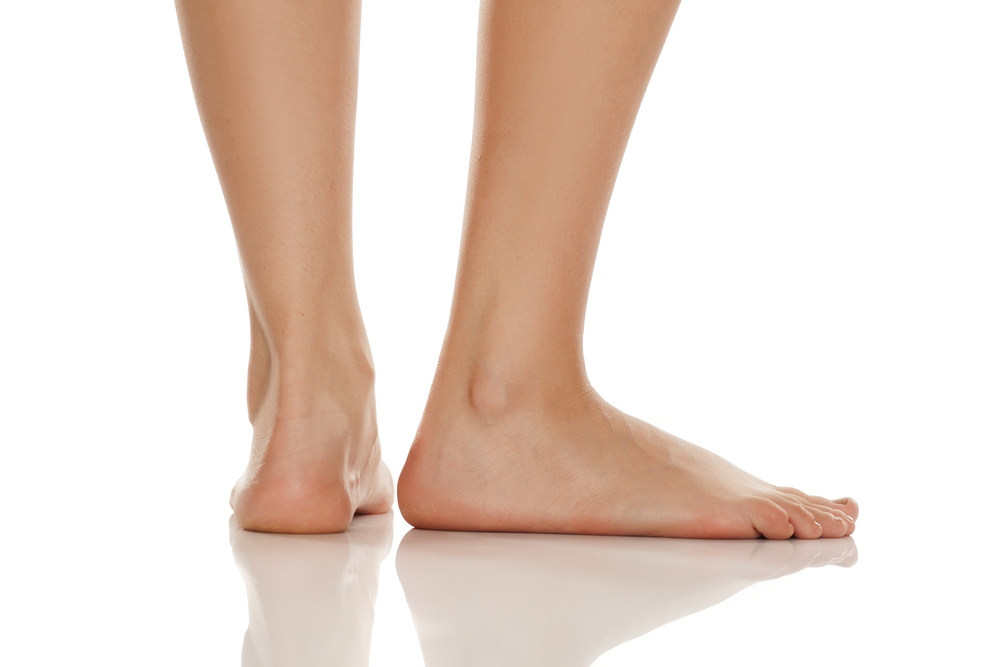Burning feet pain is a condition that many people experience. It is defined as a feeling of warmth, tingling, or burning in the feet. This can be very distressing and may make even simple tasks difficult. Understanding this condition is important because it can significantly affect how people live their daily lives.
There are several causes of burning feet pain, the most notable being neuropathy, diabetes, and vitamin deficiencies. Neuropathy refers to nerve damage, which can cause sensations like burning or tingling. Many individuals with diabetes suffer from this condition, as high blood sugar levels can harm the nerves. Similarly, a lack of certain vitamins, such as Vitamin B12, can lead to nerve problems, resulting in uncomfortable sensations in the feet. A study by O’Sullivan et al. (2025) highlights these causes, showing how they contribute to the onset of burning foot pain.
The symptoms of burning feet pain go beyond just the burning sensation. People often report feeling tingling, numbness, or discomfort in their feet. These symptoms can impact daily activities significantly. For instance, walking may become challenging, which can reduce a person’s ability to exercise or participate in leisure activities. Chan & Wilder-Smith (2015) note that the combination of these symptoms can lead to decreased mobility. When someone struggles with movement, it can affect their ability to work and enjoy recreational pursuits. This leads to frustration and can reduce the overall quality of life.
In addition, individuals experiencing burning feet pain may face psychological challenges. The persistent discomfort can lead to stress and anxiety, further complicating daily routines. It may become difficult for them to focus on work or enjoy time with family and friends. Morgan et al. (2018) discuss how these symptoms can create a burden on both physical and mental health, indicating that the pain can extend beyond just physical discomfort.
There are some preventative measures that individuals can take to manage or reduce the risk of burning feet pain. Maintaining good blood sugar levels is crucial for people with diabetes to prevent nerve damage. A balanced diet rich in essential vitamins can also help avoid deficiencies. Regular foot care is important, as checking for injuries or issues can help prevent further problems. Overall, awareness of these preventive steps is vital for anyone susceptible to this condition, as it can promote better foot health and minimize the impact of burning feet pain on daily life. Understanding these causes, symptoms, and preventative actions is essential for anyone dealing with this discomfort., When dealing with burning feet pain, various treatment options can help reduce symptoms. These approaches include medication, physical therapy, and lifestyle changes. Each option plays a role in improving comfort and managing the condition effectively. It is also vital to address potential underlying causes of the pain, such as diabetes or nutritional deficiencies, to prevent the symptoms from returning (BAdvSc & FRACGP, 2025).
Medications can provide quick relief for burning feet pain. Over-the-counter pain relievers like ibuprofen or acetaminophen can help reduce discomfort and inflammation. In some cases, doctors may prescribe stronger medications for more severe pain. Additionally, topical creams that contain capsaicin or lidocaine can be applied to the feet to numb the area and lessen sensations of burning.
Physical therapy can also be beneficial. A trained therapist can guide individuals through stretches and exercises that strengthen the muscles in the feet and improve flexibility. This not only helps to alleviate pain but also prevents future issues. Therapists may also use treatments like ultrasound or electrical stimulation to provide relief.
Lifestyle modifications play a significant role in managing burning feet pain. For example, proper foot care is crucial. Keeping feet clean and dry can prevent infections that may worsen symptoms. Moisturizing the feet regularly helps in maintaining skin health, which can reduce feelings of dryness and irritation.
Another important aspect of treatment is wearing appropriate footwear. Shoes that provide good support and cushioning can significantly reduce pressure on the feet, helping to eliminate pain. Avoiding high heels and shoes that are too tight is also important, as they can increase discomfort. Choosing breathable materials helps keep feet cool and dry, further reducing the likelihood of burning sensations.
Addressing underlying causes is critical for long-term relief. For people with diabetes, managing blood sugar levels can minimize nerve damage, a common cause of burning feet pain. It’s also essential to replenish vitamin deficiencies, particularly B vitamins, which are vital for nerve health. A balanced diet and possibly vitamin supplements can help improve symptoms and prevent recurrence (BAdvSc & FRACGP, 2025).
Preventative measures can greatly enhance the quality of life for individuals experiencing burning feet pain. Simple practices, such as stretching the feet and legs daily, can enhance circulation and help keep the muscles and nerves healthy. Individuals should also maintain an active lifestyle, as regular exercise strengthens the body and can reduce the risk of developing conditions that lead to burning feet.
By combining various treatment options and preventative measures, individuals can manage their symptoms more effectively. The goal is not only to reduce pain but also to ensure that daily activities are less affected by this condition. These strategies empower individuals to take control of their health, leading to a better quality of life (O’Sullivan et al., 2025).
Citations:
BAdvSc, F.O.S., FRACGP, B.W.M.B.H. and FRACGP, T.T.B.M.M., 2025. A case of burning feet. Australian Journal of General Practice, 54(1/2), pp.70-72. https://search.proquest.com/openview/722996e6869c4487e54e4b54ea0422d6/1?pq-origsite=gscholar&cbl=33668
O’Sullivan, F., Yu, J., Wu, B., Tse, T. and Qiu, J., 2025. A case of burning feet. Australian Journal of General Practice, 54(1-2), pp.70-72. https://search.informit.org/doi/abs/10.3316/informit.T2025021000013700969430317
Chan, A.C. and Wilder-Smith, E., 2015. Clinical reasoning: burning hands and feet. Neurology, 84(19), pp.e146-e152. https://www.neurology.org/doi/abs/10.1212/wnl.0000000000001559
Abu-Naser, S.S. and Mahdi, A.O., 2016. A proposed expert system for foot diseases diagnosis. https://www.researchgate.net/profile/Ali-Mahdi-22/publication/301608717_A_PROPOSED_EXPERT_SYSTEM_FOR_FOOT_DISEASES_DIAGNOSIS/links/571c9f2f08ae6eb94d0e2ca4/A-PROPOSED-EXPERT-SYSTEM-FOR-FOOT-DISEASES-DIAGNOSIS.pdf
Morgan, M., Deuis, J.R., Frøsig-Jørgensen, M., Lewis, R.J., Cabot, P.J., Gray, P.D. and Vetter, I., 2018. Burn pain: a systematic and critical review of epidemiology, pathophysiology, and treatment. Pain medicine, 19(4), pp.708-734. https://academic.oup.com/painmedicine/article-abstract/19/4/708/4201745
University lecturer, runner, cynic, researcher, skeptic, forum admin, woo basher, clinician, rabble-rouser, blogger, dad.


